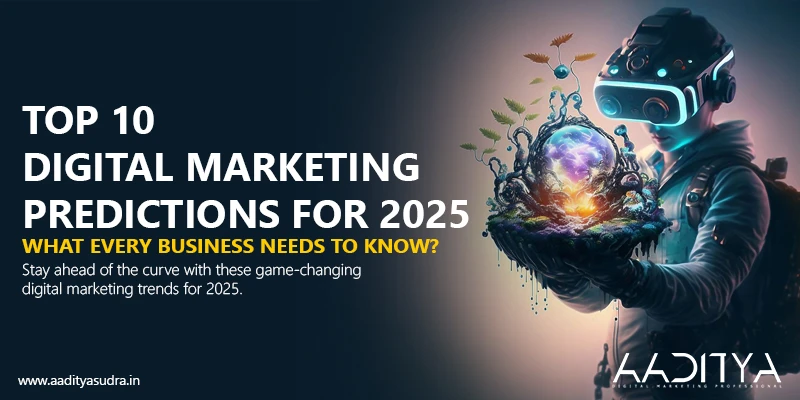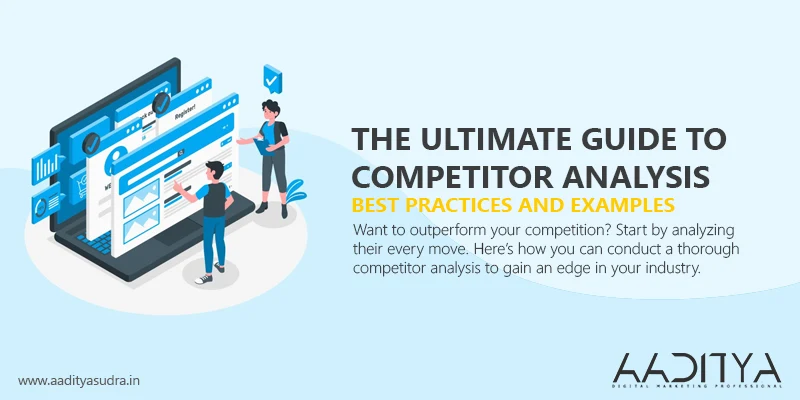Personalization Done Right: How to Create Engaging Email Campaigns
Table of Contents
- Introduction: Why Personalization Matters
- Key Elements of a Personalized Email Campaign
- Best Practices for Effective Segmentation
- Dynamic Content: The Power of Relevance
- Leveraging User Data to Enhance Personalization
- Examples of Successful Personalized Email Campaigns
- Conclusion: The Future of Personalized Email Marketing
Discover how personalized email campaigns can transform your marketing, increase engagement, and boost conversions.
Introduction: Why Personalization Matters
Personalization doesn’t just mean inserting someone’s name into an email. It’s about using data to deliver relevant, timely, and engaging content that resonates with your audience. Done right, personalized email campaigns can help your business stand out in crowded inboxes and drive higher conversions.
Key Elements of a Personalized Email Campaign
Creating a successful personalized email campaign involves a few essential components:
- Segmentation: Dividing your email list into smaller groups based on demographics, behavior, or preferences.
- Dynamic Content: Using flexible email templates that change based on user data, ensuring each recipient gets the most relevant content.
- Behavioral Triggers: Setting up automated emails based on specific user actions, such as browsing a product, abandoning a cart, or completing a purchase.
- Personalization Tokens: Including personalized details such as the recipient’s name, location, or recent activity to make the email feel more tailored.
Best Practices for Effective Segmentation
Segmentation is the foundation of a successful personalized email campaign. Here are a few best practices:
- Demographic Segmentation: Split your audience by age, gender, location, or job role to send more targeted messages.
- Behavioral Segmentation: Track user behavior on your website and in previous campaigns to send relevant offers or content.
- Purchase History: Segment based on past purchases to suggest related products or promotions.
Example: A clothing retailer segmented its audience based on shopping behavior. Users who browsed but didn’t buy received a targeted email with a discount code, while loyal customers were sent exclusive previews of new arrivals.
Dynamic Content: The Power of Relevance
Dynamic content allows you to tailor sections of an email based on the recipient’s profile or past behavior. This could include personalized product recommendations, region-specific promotions, or customized calls to action.
Example: Netflix uses dynamic content to suggest TV shows and movies based on what you’ve already watched. This keeps users engaged and encourages them to spend more time on the platform.
Leveraging User Data to Enhance Personalization
The key to effective personalization lies in the data you collect about your audience. Here’s how to leverage this data:
- Behavioral Data: Use website analytics, email interactions, and past purchase history to send more relevant content.
- Customer Preferences: Allow users to set preferences on the types of emails they want to receive, whether it’s newsletters, promotions, or product updates.
- Timing: Analyze when your audience is most likely to engage with your emails and send messages at those optimal times.
Example: Spotify’s year-end “Wrapped” campaign compiles listening history to deliver an individualized report for each user, making the email highly engaging and shareable.
Examples of Successful Personalized Email Campaigns
- Amazon: Sends highly personalized product recommendation emails based on users’ browsing and purchasing history.
- Sephora: Combines purchase history with personalized recommendations, loyalty program updates, and product reviews in their emails.
- Airbnb: Uses dynamic content to suggest destinations and experiences based on the user’s past travel history.
Think of personalized email campaigns as a perfectly brewed cup of coffee. You could go for the generic cup, but wouldn’t you prefer one made just the way you like it—extra foam, no sugar, and a sprinkle of cinnamon? — Aaditya Sudra
Conclusion: The Future of Personalized Email Marketing
The future of email marketing is undoubtedly personal. Consumers will continue to expect more relevant and customized communication from brands. To succeed, marketers must invest in segmentation, use dynamic content, and leverage user data effectively.
Ready to transform your email campaigns with personalization? Contact me today to learn how to create engaging, tailored emails that boost your marketing results!
FAQ's
Personalized email marketing tailors emails to individual recipients based on their preferences, behaviors, and demographics.
Segmentation ensures that each group of your audience receives relevant content, which can increase engagement and reduce unsubscribe rates.
Dynamic content refers to parts of an email that change based on the recipient’s data, such as location or purchase history.
Personalized emails tend to have higher open rates because they feel more relevant to the recipient, making them more likely to engage.
Collect data through website analytics, email engagement metrics, customer surveys, and user preferences to better understand your audience and personalize emails accordingly.














No comment